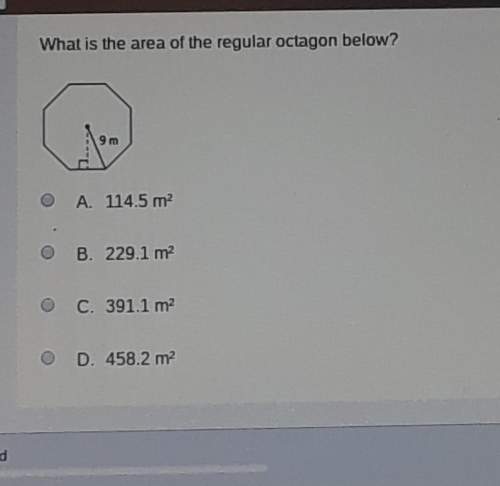
Mathematics, 16.07.2019 16:30 jessicaa2350
What additional information do you need to prove that ∆lmo ≅ ∆lno by the hl theorem? ∠nlo ≅ ∠mlo ∠mol ≅ ∠nol

Answers: 2


Other questions on the subject: Mathematics

Mathematics, 21.06.2019 14:00, maddynichole2017
Solve |2x - 5| = 4 if anyone could , that would be great
Answers: 1

Mathematics, 21.06.2019 18:10, kingbob101
Drag the tiles to the boxes to form correct pairs. not all tiles will be used. match each set of vertices with the type of quadrilateral they form.
Answers: 1

Mathematics, 21.06.2019 19:30, AriesTwice
Acollection of coins has value of 64 cents. there are two more nickels than dimes and three times as many pennies as dimes in this collection. how many of each kind of coin are in the collection?
Answers: 1
You know the right answer?
What additional information do you need to prove that ∆lmo ≅ ∆lno by the hl theorem? ∠nlo ≅ ∠mlo ∠m...
Questions in other subjects:

English, 24.09.2019 22:10


Social Studies, 24.09.2019 22:10


Biology, 24.09.2019 22:10





Mathematics, 24.09.2019 22:20




